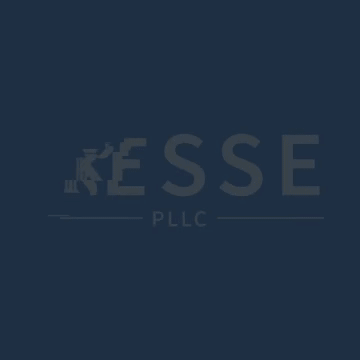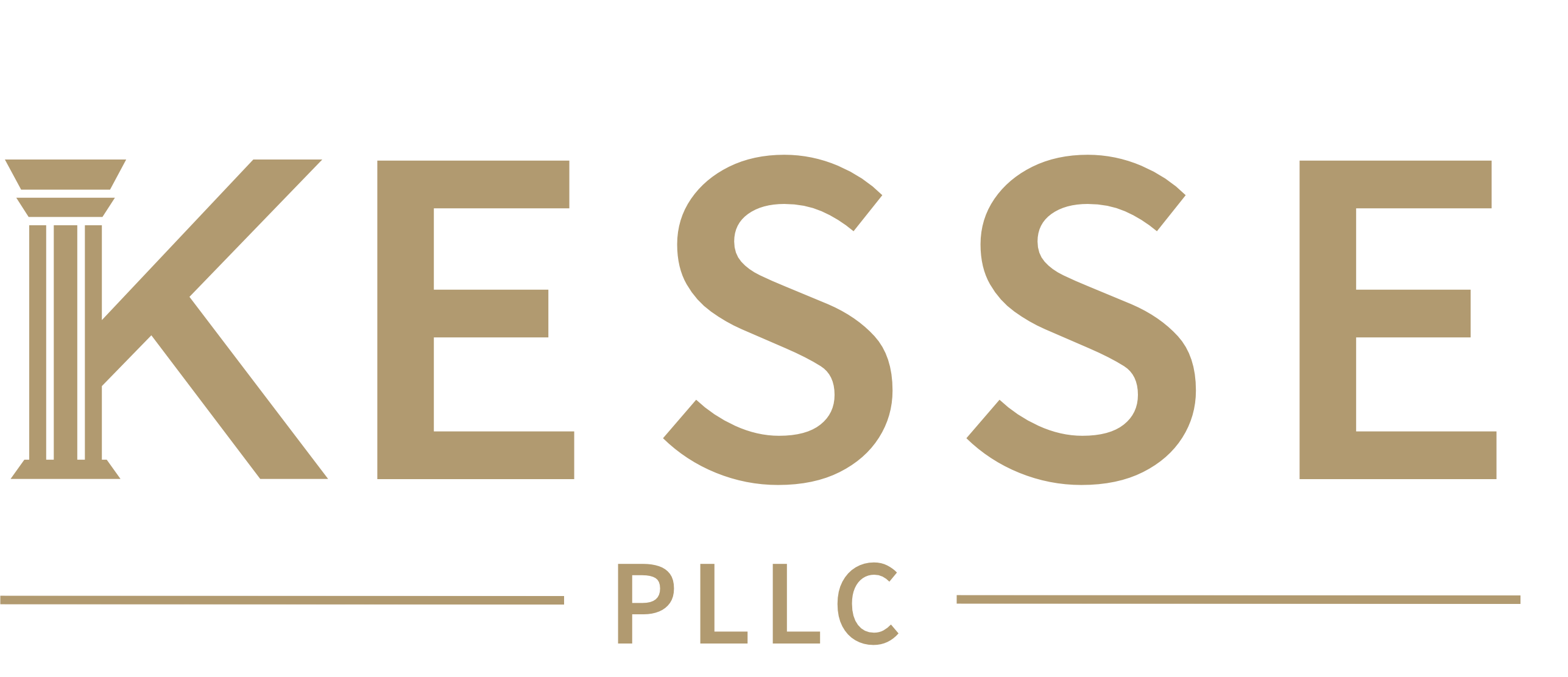Introduction
Initial public offerings (IPOs) have long been the golden standard for companies looking to go public. Traditionally, companies aiming to go public opt for an IPO, which involves a complex and often lengthy process. It requires extensive regulatory compliance, roadshows, and the involvement of investment banks to underwrite and sell shares to the public.
With the U.S. IPO markets continuing to face challenges, a variety of alternative paths to public ownership and trading liquidity have gained favor. One such method is the reverse merger (sometimes called a “reverse takeover” or “reverse IPO”), which is one of the oldest alternatives to a conventional IPO.
Despite abuses of the process in the past, reverse mergers have been gaining traction as a viable route to enter the public market. According to a recent article by Endpoint News, biotech insiders expect to see a handful of reverse mergers before the end of the year. The increase in reverse merger transactions, particularly in the biotech sector or with cross-border elements, is expected to continue, given current market conditions. A reverse merger offers a potentially faster and less expensive alternative, and may be beneficial for certain companies, such as, without limitation, smaller private companies with significant cash needs in high-risk or nascent industries that lack certain attributes demanded by the IPO market.
Understanding the Reverse Merger Process
The reverse merger process shares certain features in common with a deSPAC.
In a typical reverse merger, a private company merges with a U.S. public company (which can either be a domestic or a foreign private issuer) that might be dormant, have minimal operations, or be specifically created for this purpose (commonly referred to as a “shell company”). The process typically begins with a private company seeking a suitable public shell company. Once identified, the private company merges with the public shell.
The pre-merger stockholders of the private company become owners of a majority of the stock of the combined company, and the management and other employees of the private company become the management and employees of the combined company. The composition of the combined company’s board of directors usually reflects representation proportional to the post-closing ownership split, the business of the private company becomes the business of the public company, and the combined company changes its name. Frequently, the combined company will seek to raise additional capital (either privately, concurrently with the completion of the reverse merger, or publicly, following the reverse merger).
This process enables the private company to bypass the strenuous IPO process. However, it’s crucial to note that due diligence is paramount in ensuring the legitimacy and compliance of the public company being merged with.
A reverse merger transaction typically requires a merger proxy statement and/or a Form S-4/Form F-4 registration statement to be prepared and filed with the U.S. Securities and Exchange Commission. A merger proxy/Form S-4/Form F-4 is often more complicated and time intensive than the Form S-1/Form F-1 used in a traditional IPO.
Benefits and Drawbacks
Reverse mergers come with certain advantages. They offer a quicker route to the public markets, allowing companies to avoid the lengthy IPO registration process. The relatively expeditious process allows companies to capitalize on favorable market conditions or seize timely opportunities without prolonged delays.
Another advantage is the potential cost savings associated with a reverse merger. IPOs involve substantial expenses, which can be significantly higher than those of a reverse merger. By choosing the reverse merger route, companies can potentially reduce these expenses, making it a more cost-effective option for accessing public markets.
Other general benefits of a reverse merger include providing access to liquidity, enhancing a company’s financial flexibility and potential for raising capital through public markets, and increasing a company’s visibility and credibility. By becoming a publicly traded company, the merged private entity can benefit from the enhanced market visibility and credibility that comes with being listed on a U.S. stock exchange. This can open up new opportunities for partnerships, collaborations, and attracting top talent.
However, challenges exist. Some investors might view reverse mergers as riskier due to, among other factors, the lack of transparency about the merging private company and past abuses of the technique. This may limit a company’s access to capital compared to traditional IPOs. While going public through a reverse merger can provide immediate access to the public markets, it may not attract the same level of investor interest and capital as a traditional IPO. This is particularly true if the shell company used in the reverse merger has a questionable reputation or lacks a strong track record. Investors may be hesitant to invest in a company that has gone public through a reverse merger if they perceive the shell company as having a history of poor performance or unethical business practices.
Regulatory Considerations and Due Diligence
Navigating the regulatory landscape is crucial in a reverse merger. Companies must comply with securities laws and regulations, ensuring accurate financial disclosures and transparency.
Thorough due diligence is essential to assess the financial health, legal status, and potential risks associated with the shell company.
Before embarking on a reverse merger, it is crucial for the parties to assess the financial stability of the counterparties. The acquiring company must have a strong financial foundation to support the merger and any potential challenges that may arise during the integration process. Conversely, the target company should also possess a stable financial position to ensure a smooth transition and minimize the risk of financial instability after the merger. Without proper due diligence on the financial health of both companies, the reverse merger could lead to unforeseen financial difficulties and strain on the combined entity.
It is also crucial to carefully evaluate the potential risks and benefits, negotiate fair terms, and establish a clear post-merger integration plan to maximize the chances of a successful outcome.
Conclusion
While IPOs remain a popular choice for companies seeking public listing, reverse mergers present an alternative avenue. They offer a faster route to access public markets, albeit with unique challenges and considerations. With careful planning, due diligence, and adherence to regulatory requirements, reverse mergers can serve as an effective strategy for companies aiming to expand their presence in the public domain. Companies should carefully evaluate the risks and conduct thorough due diligence before embarking on a reverse merger journey, and weigh the benefits against the potential pitfalls to make informed decisions aligned with their long-term strategic objectives and financial goals.
Contact Information
The foregoing is intended to be a brief summary and does not contain all the information you need. If you would like to know more about reverse mergers or discuss pursuing a reverse merger, please contact Kelvin Kesse via e-mail at [email protected] or via phone at 425-802-9052.
About Kesse PLLC
Kesse PLLC focuses on securities, capital markets, SEC reporting, emerging companies and startups, and general corporate law. We regularly advise clients on public and private securities offerings and have significant experience with U.S. domestic, U.S.-Canadian cross-border, and other foreign private issuer offerings. We assist clients with private placements, IPOs (both traditional and Regulation A+, among others), direct listings, follow-on/secondary offerings, registered direct offerings, initial coin offerings (ICOs), special purpose acquisition company (SPAC) formations, IPOs and business combinations (deSPACs), tender offers, emerging company and startup financings, all aspects of corporate governance matters, SEC reporting and compliance, and stock exchange initial and additional listing and on-going compliance. We also assist clients with other corporate matters, including business formation, maintenance and compliance, contract drafting and review, corporate administrative services, and corporate and/or transaction opinions, among others.
Disclaimer
This website and its contents may be considered attorney advertising under the rules of certain jurisdictions.


